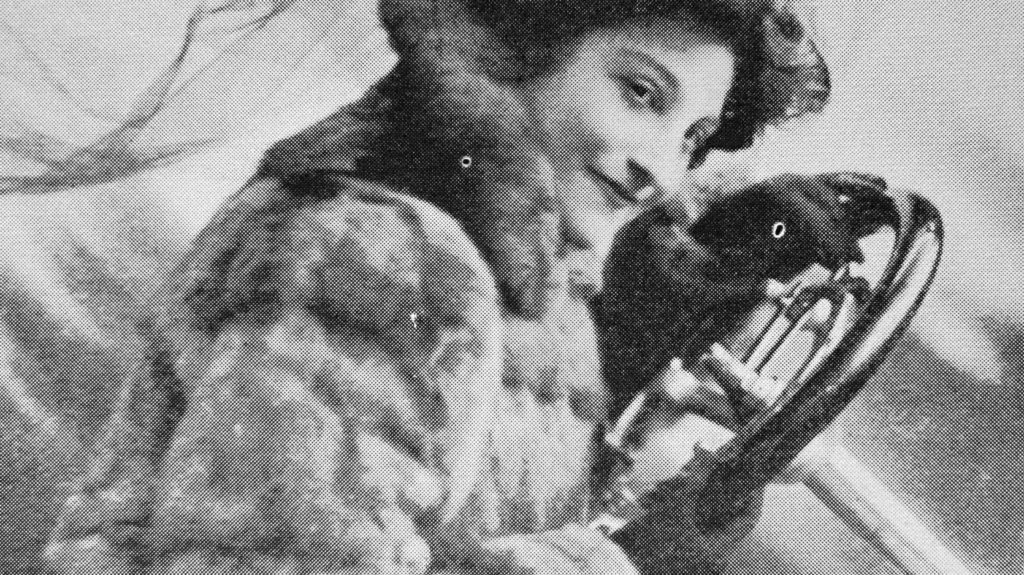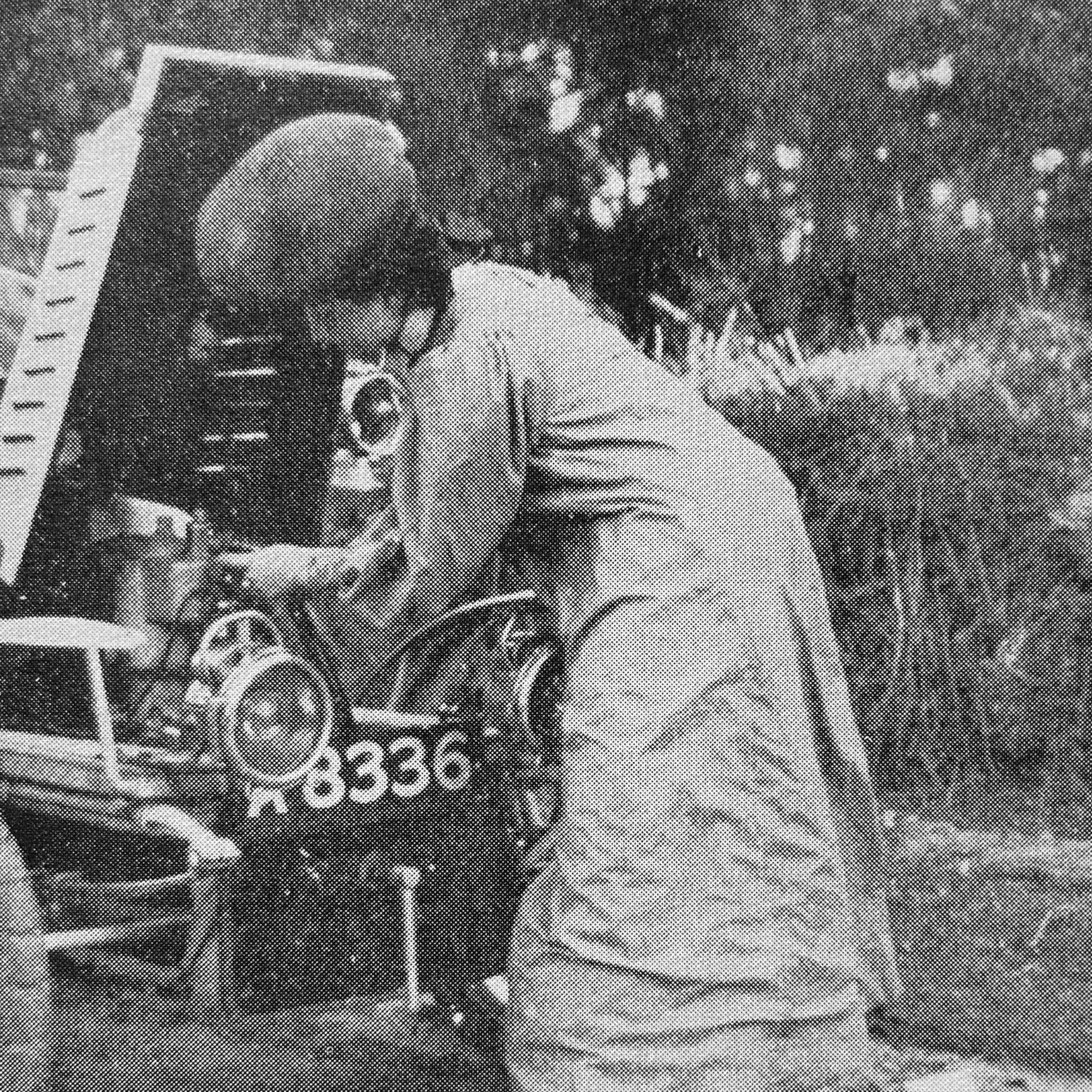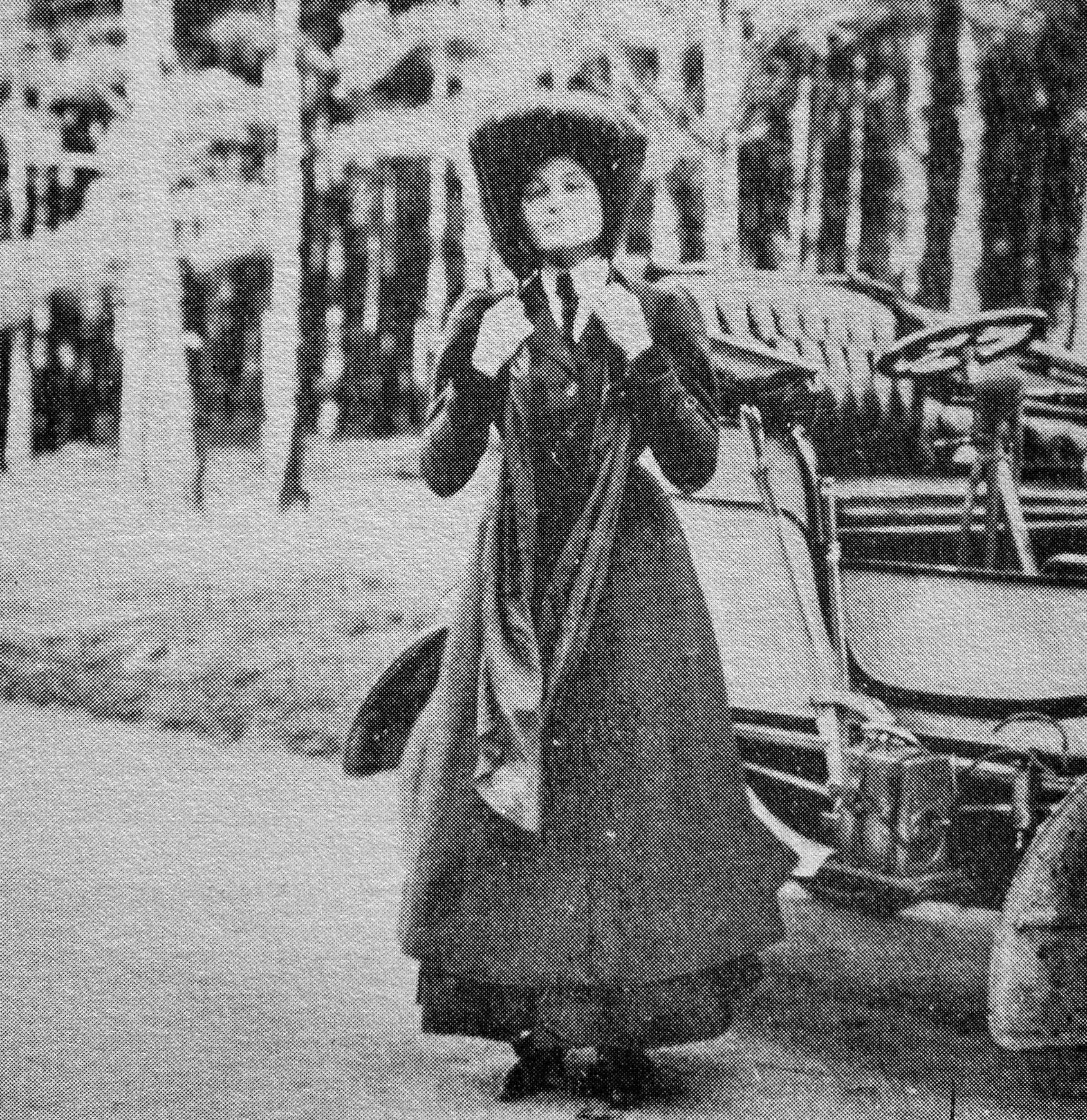In the second article of her six-part Women in Motorsport series, Lara Platman will be taking a look at the life of female racer Dorothy Levitt.
As soon as Michelin and Dunlop fitted rubber tyres to wooden wheels, speed became the must-have accessory. This edition will introduce some of the women who pioneered this new fashion. I have always thought of my research as Mirror Lipstick Manoeuvre, but I think you will find that these women are far more pioneering – and certainly more intrepid – than a dash of face paint.
I’ll begin with Bertha Benz, the wife and business partner of Karl, and the first woman documented to drive a motor car solo. She undertook a journey of 180km through Germany to see family, repairing the leather drivebelt en route, as well as unblocking the carburettor with a hat pin, refuelling with ether at a chemist and insulating an electric cable with one of her garters. Meanwhile, her husband was entirely unaware of the expedition until her arrival later that evening.
Duchess d’Uzes passed her driving test in 1898. Only a couple of months afterwards, she was whistled down by a policeman for speeding along an Avenue in Paris, doing a relentless 12km/h. In 1926, she formed the first Ladies Automobile Club in Paris.
Finally, amongst my pioneers is Camille Du Ghast, the first woman racing driver who participated in the 1903 Paris Madrid race, where 207 participants took to the dusty streets, Du Ghast in her Dietrich 35CV. She later went on to race a Benz Parcifal and a Darracq-powered Marsouin, was considered to be extremely fast amongst her male competitors. Du Ghast is perhaps why Selwyn Edge wanted a female driver in one of his Napier cars here in the United Kingdom.
Originally a secretary for the Napier company, Edge decided to try Ms Dorothy Levitt out, perhaps for the publicity or perhaps from her insistence.
Ms Levitt broke the women’s speed record in 1906, reaching 91mph in her ninety horsepower six-cylinder Napier. She personified a new type of liberated women: ‘scorchers’, as they were called – female racers who lived for speed.
‘There is a feeling of flying through space,’ Ms Levitt was recorded saying in November 1906. ‘I never think of the danger. That sort of thing will not do. But I know it is omnipresent. The slightest touch of the hand and the car swerves, and swerves are usually fatal.’


Edge was correct; she was fast and was doing wonders for his sales. From marketing campaigns for his car and for soap, Ms Levitt was indeed a great spokesperson for the pioneering woman.
These women were practical, too. Ms Levitt advised her fellow ladies to ‘carry a little hand-mirror in a convenient place when driving,’ so one could ‘not only put one’s lipstick on but hold it aloft from time to time in order to see behind while driving in traffic.’
Soon enough, the rear-view mirror was born, though it was not introduced as standard for another five years.
Other women of influence include Claretta Petacci, the mistress to Mussolini. She inspired the design of the Alfa Romeo 5C.





